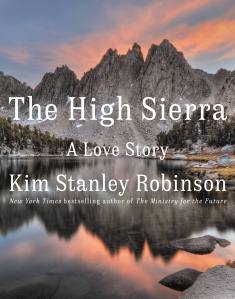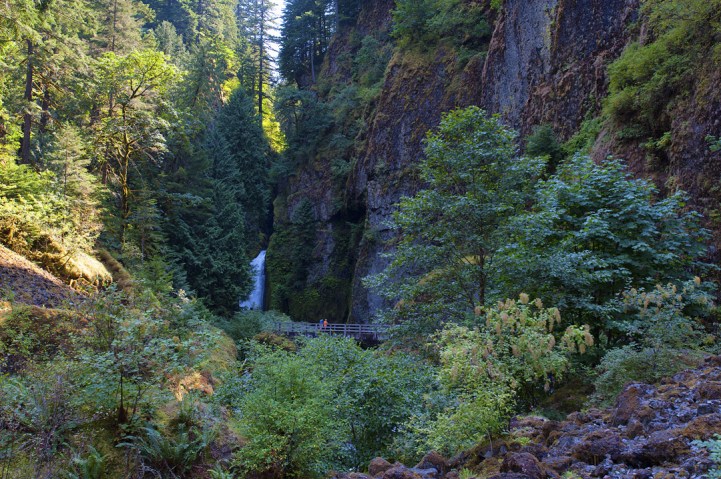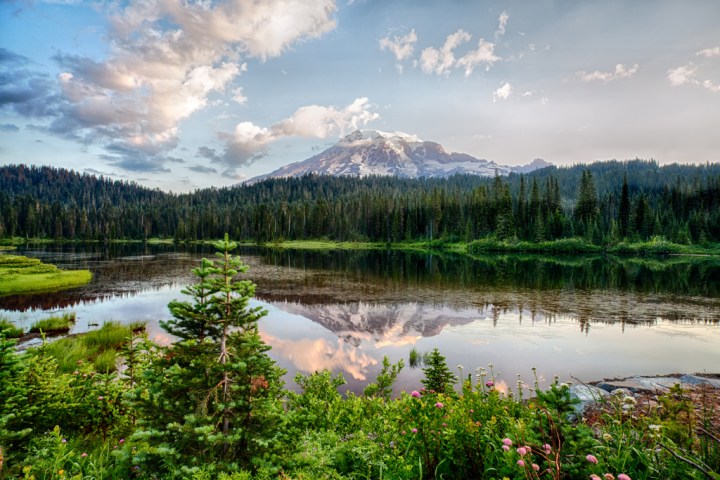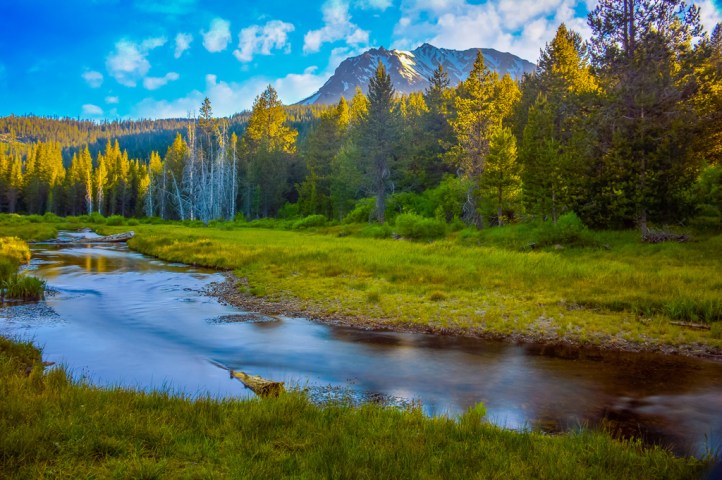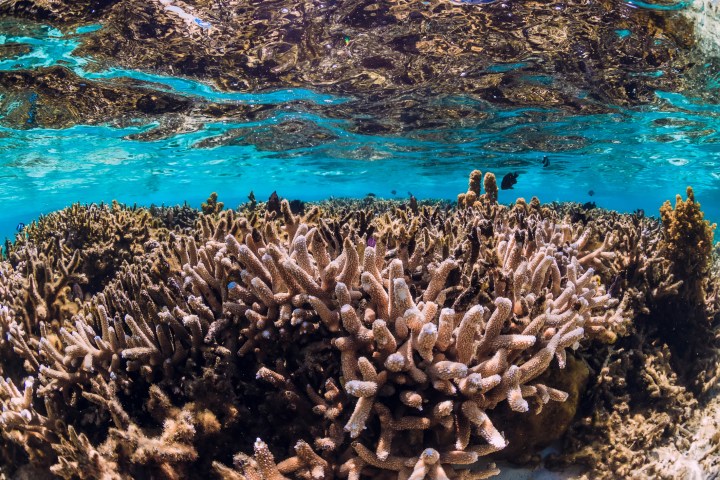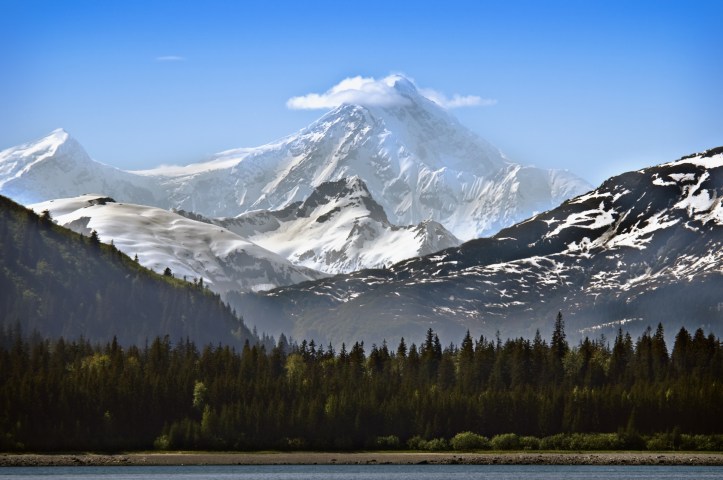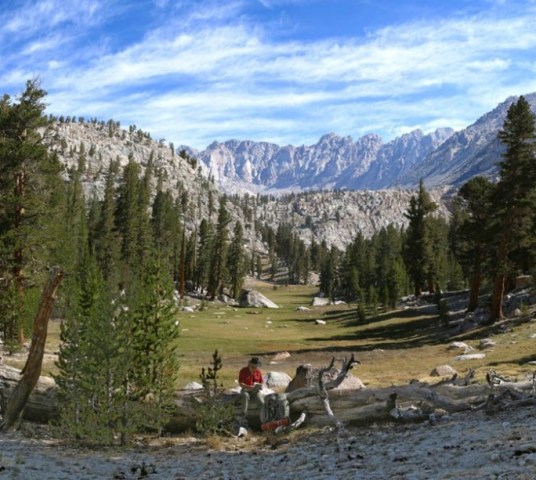Q&A: Authors Kim Stanley Robinson and Caroline Hinchliff on the Sierra Nevada
In advance of his brand-new book, The High Sierra: A Love Story, bestselling author Kim Stanley Robinson corresponded with Moon Drive & Hike Pacific Crest Trail author Caroline Hinchliff about their mutual love of the Sierra Nevada mountains. Read on for a fascinating conversation.
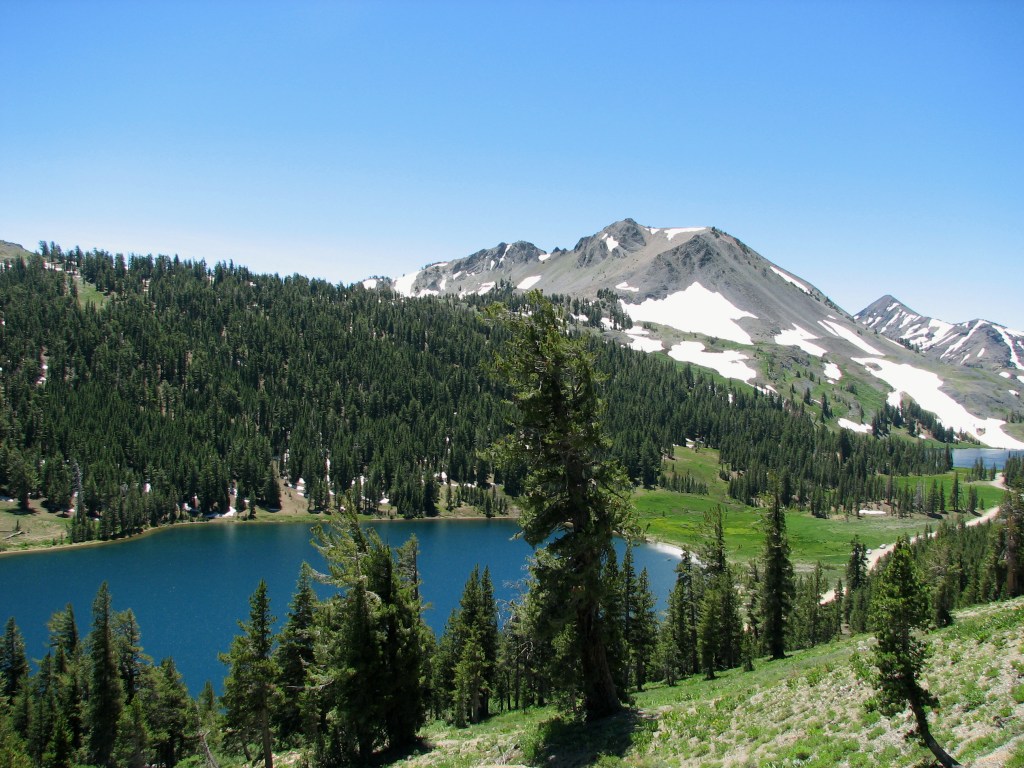
Caroline Hinchliff: Hi Stan, what a delightful read. Just like visiting the High Sierra, your stories and images evoke a lot of powerful emotions. I’ve found myself reflecting on the massive personal growth and profound inner peace I experienced in the Range of Light. Your book title would be apt for a memoir of my own experiences there, as I’m sure many other Sierra enthusiasts would agree! I’m curious how the concept for your book came about. Did you have this title and theme in mind as you crafted the chapters, or did it present itself at some point in the writing or editing process?
Kim Stanley Robinson: I’ve been wanting to write this book for twenty or thirty years and have spent some of my hiking time thinking about it and pondering how I could structure it, what I might say, and so on. When I started writing it, the form kind of came to me as a natural way to deal with all the various aspects I wanted to cover—memoir, geology, history, guidebook, and so on.
The title came in a quick exchange with my editor Michael Pietsch—a marvelous experience for me, as I’ve not always had an easy time with titles. We agreed that as it was a non-fiction book, a subtitle would not be inappropriate. I suggested a couple of possibilities, including this one, and Michael immediately said this one was the best. I could only agree. It makes me happy, because as you say, it’s a title many people recognize as right for the topic.
Caroline Hinchliff: You’ve been building a relationship with these mountains for decades. At what point did you become interested in the history and lifestyles of Indigenous Sierra dwellers? I really appreciated the way you included various aspects of history and current affairs across different chapters in the book. I wish I’d been able to share more of this in my guidebook, and I certainly will in the next edition! Do you have any resources you recommend for readers who are interested in learning more about Indigenous history, cultures, and lifestyles in this area?
Kim Stanley Robinson: It’s a good question. I came late to my awareness of the Indigenous Sierra dwellers, really. In the early 2000s I saw the pictographs at Hospital Rock and was amazed. Then we came upon an obsidian knapping site near Mather Pass that was so extensive that it had to have been used for centuries or even thousands of years. Just a year or two before, a state archeologist we ran into up there told us that all obsidian found in the High Sierra has been carried there by humans—there is no endemic obsidian up there. So when you see it, you know. And he told us of the ancient summer village site near Taboose Pass, which we visited with the intention of seeing what we could find of the remnants of this inhabitation. There was obsidian all over the place, and some cleared knolls that looked like tipi ring sites in the Rockies. It was a very moving experience.
For texts, there is The Sierra Nevada Before History by Louise A. Jackson, and The Natural World of the California Indians, by Robert F. Heizer and Albert B. Elasser, and a number of pamphlets by the Sequoia Natural History Society. I imagine the Paiute people in Bishop, California could tell us much more, but I am still looking forward to that meeting myself.
Caroline Hinchliff: While my partner David and I were researching my guidebook, we spent a lot of time exploring the eateries in the Owens Valley (tough job, I know, but somebody’s got to do it). When you emerge from the heights of Horseshoe Meadow or Onion Valley and descend into civilization, where do you satisfy your hiker hunger?
Kim Stanley Robinson: We would go to the Lone Pine Café if down south, or Schatt’s Bakery if coming into Bishop, or Mono Cone in Lee Vining, stopping briefly on our drives home. Truthfully, our knowledge of Owens Valley has been sketchy; we were always racing in or out, but now one of us has a home just above Lone Pine, and we’ve stayed a few days in Lee Vining, so we know a little more. But not much.
Caroline Hinchliff: During my thru-hike, many of us felt the terrain north of Tahoe was a bit boring. It simply couldn’t compare to the drama, beauty, and austerity of the High Sierra. We referred to this effect as the “post-Sierra slump.” But upon returning a few years later to research my PCT guide, I was enchanted and delighted by the softer, more subtle beauty of the Lost Sierra. Do you find yourself amongst these more northern ridges very often? Any favorite hikes or peaks?
Kim Stanley Robinson: No, hardly at all. I’ve visited Lassen National Park once. I also have spent a lot of time in Desolation Wilderness, southwest of Tahoe. That’s about it for me; I have focused pretty intently on the southern Sierra.
Caroline Hinchliff: I live just below Stevens Pass at the southwest edge of the North Cascades, which is arguably tied with the High Sierra for the most beautiful section of the Pacific Crest Trail. Have you visited this area? What memories stand out?
Kim Stanley Robinson: No, I have not. I drove through the area when I was young, that was it. My impression comes mostly from books about Gary Snyder’s time on Desolation Peak, and a brief memoir by Kenneth Rexroth, also a chapter of Kerouac’s Desolation Angels, very funny—it wasn’t his kind of thing. So I am ignorant except by way of texts. That’s true of most mountain ranges. I’d say about eighty percent of my mountain time has been in the Sierras, with another ten percent in the Swiss Alps, and also brief but vivid visits to the Himalayas and the Transantarctics. When I was young, I wanted to see them all, but as I got older I wanted the southern Sierras more than anything.
Caroline Hinchliff: You are obviously passionate about sustainability and conservation. What do you believe are the most pressing conservation issues or threats in the High Sierra region? What do you wish more people knew about these issues? What changes would you like to see at both the community level and state- or nation-wide level to address and mitigate these issues?
Kim Stanley Robinson: Good questions. Worldwide climate change will hammer the Sierras as bad as anything. Better forest management practices would help also, but what those practices are is a matter of controversy among forest experts, so I read with interest and try to figure out who is most persuasive, etc.
The main thing we have to do is decarbonize our civilization as fast as we can. Then, connecting up protected areas so that wildlife can migrate is also key. Most of these changes are described in my recent novel The Ministry for the Future.
About the Authors
Born in California and raised in Washington, Caroline Hinchliff has lived within 100 miles of the Pacific Crest Trail her entire life and has traveled extensively on the interstates, highways, and forest roads that surround the trail. She hiked 2,000 miles on the PCT during her thru-hike, spending time on the trail as well as in the towns and communities nearby. Since then, she’s returned to various sections of the trail many times for day hikes and to lead guided backpacking tours.
Find out more about Caroline at eathikelove.com.
Kim Stanley Robinson is a New York Times bestseller and winner of the Hugo, Nebula, and Locus awards. He is the author of more than twenty books, including the bestselling Mars trilogy and the critically acclaimed 2312, Shaman, New York 2140, and The Ministry for the Future. He traveled in Antarctica twice, courtesy of the US National Science Foundation. In 2008, he was named a “Hero of the Environment” by Time magazine, and he works with the Sierra Nevada Research Institute. He lives in Davis, California.
what to read next
By clicking ‘Sign Up,’ I acknowledge that I have read and agree to Hachette Book Group’s Privacy Policy and Terms of Use
